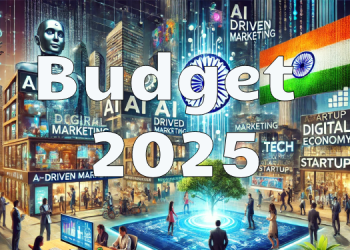What Exactly Is A Meme In Layman Term?
In his 1976 book The Selfish Gene, memes, an anthropological term invented by evolutionary biologist Richard Dawkins, initially portrayed the notion of “going viral” within a biological system or culture. It could be considered a simplistic evolutionary joke to mimic a survival-enhancing gene.
So could a catchy melody or a political movement like democracy be popularized. Memes are, according to Dawkins, “a concept, action, or style that spreads within a society from person to person.” Memes are ideas that are imitated as they strike a common chord and increase the probability of evolutionary survival.
The definition of memes itself has become a phenomenon with the rise of the internet and social media, and new viral material emerges every morning in our news feeds. The internet meme is described as any fad, joke or memorable piece of content that spreads digitally across the web, usually in the form of short videos or photographs accompanied by a clever caption. In our age of fragmented media and custom algorithms, internet memes redefine the shared experience, particularly among millennials.
Meme Marketing: A Scope For Brands
The average person spends on social media more than 100 minutes a day. The jokes, comparisons and comments made by the people and influencers we follow are essentially influencing our worlds. Memes are native to social media culture. And when we spend hours watching surreal satire so insane clips from YouTube, let’s be honest, seeing brand-sponsored ads crashing the party is a complete buzzkill.
That’s why companies are becoming more informed with their advertising on social media. I know that giving their followers an experience customized for social media is the only way to evoke a better reaction than an eye roll. This means fewer open ads and more of the satirical “internet conversations” already being had by millennials.
Meme Marketing = Meme Creation + Meme Amplification
Meme marketing can be very effective if done correctly. This goes past branded content gag-inducing and shares some interest with the viewer. Memes work efficiently for brands as they are specifically designed for social platforms and through entertainment they provide the actual meaning. Memes aren’t too commercial— they make people laugh about your product with a casual connection.
How Meme Marketing Works:
Sharing memes is better for your audience because of their entertainment value. Think about it: Would you like to post a funny joke about Zomato or a Zomato’s 500-word blog about their latest additional function in their app?
If you want to align your brand’s reach with a famous meme’s action or create your own viral sensation, meme marketing is a fun, topical way to harness social media’s energy.
The Recent Examples:
Meme Marketing Strategy:
The main marketing aim is to draw as many customers as you can. It’s not an easy task to attract people via social media. Social media is used for entertainment and fun; people would simply ignore them if we put the advertising there. Nobody is involved in the old boring advertisements nowadays, people are just scrolling past them.
Marketing has to be a bit subtler and more entertaining. That’s why most of the big firms began using memes as a marketing tool. Meme-marketing will help you maximize the success rate if done correctly.
Because the market comprises of a larger chunk of young millennial minds, attracting them to the product is important, and memes smoothly do that job for the company. Trendy memes normally flood the feeds of Instagram and Twitter.
This meme content will help you promote and become more popular with your brand. For many companies, the strategy has worked well. Memes require the least effort but has the capacity to deliver the best content. All you need is to put your product in the meme and finish it somewhere!
Happy Meme-ing !
Authored by Abhishek Kumar Gupta – Community Head of Startup community “startup Delhi” and Founder of nextbigbrand.

















